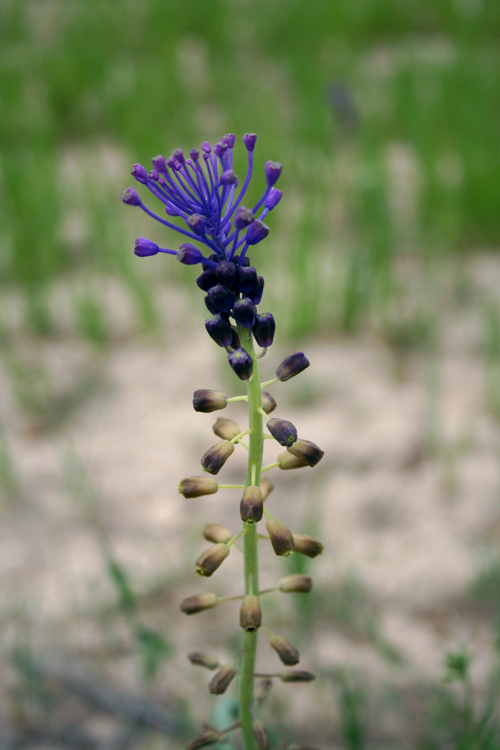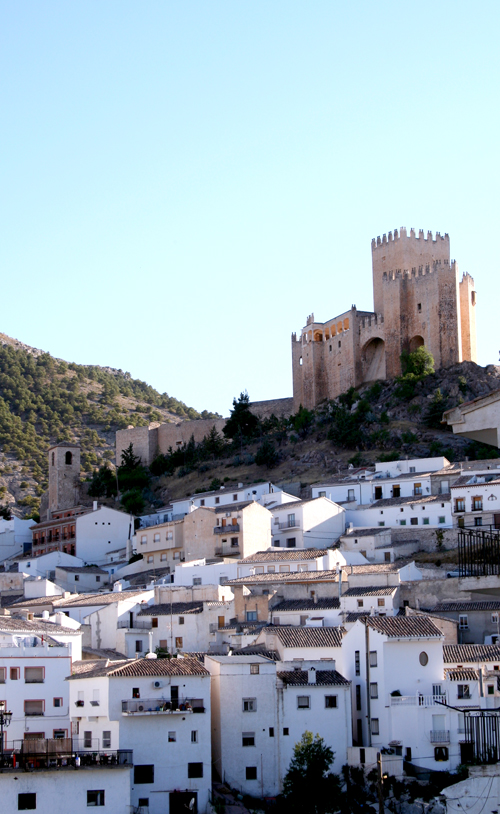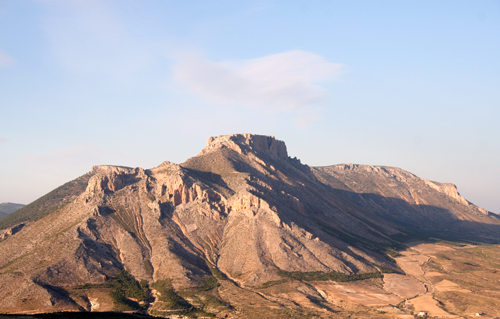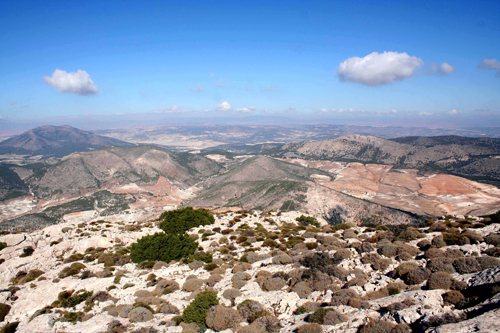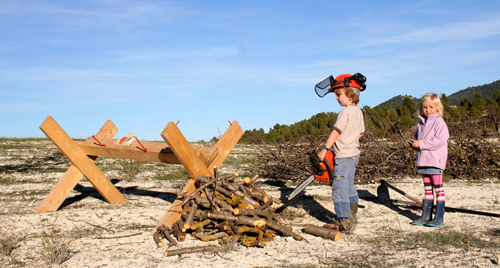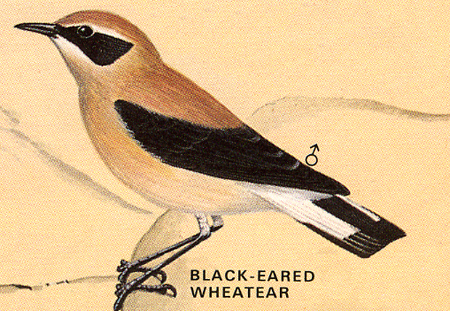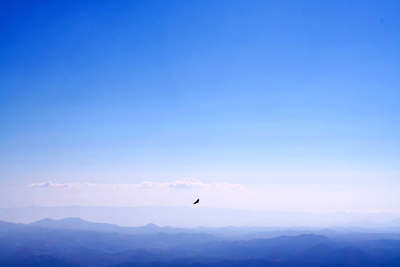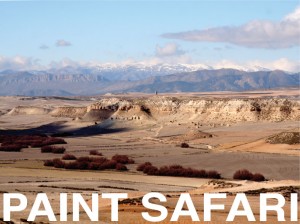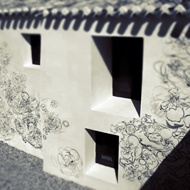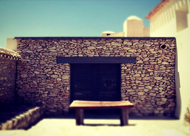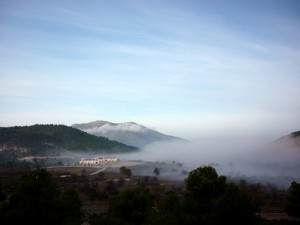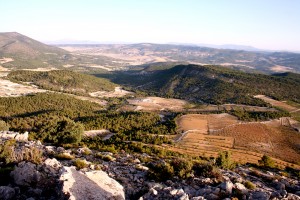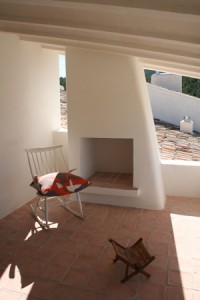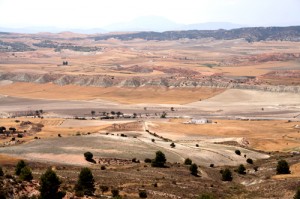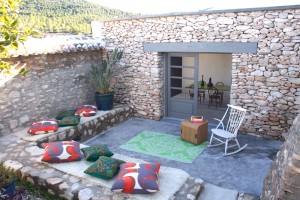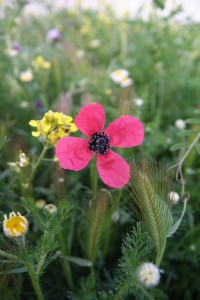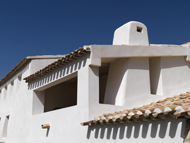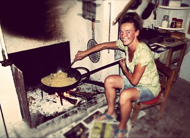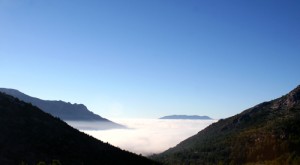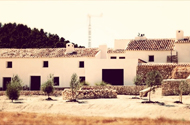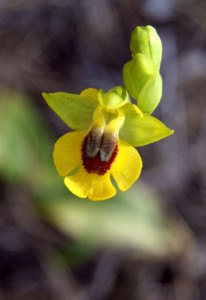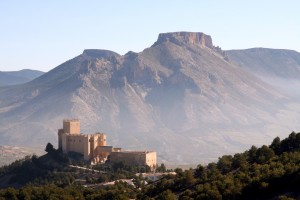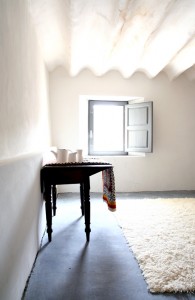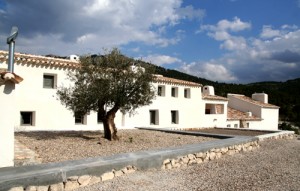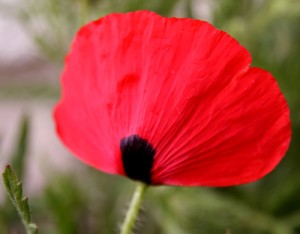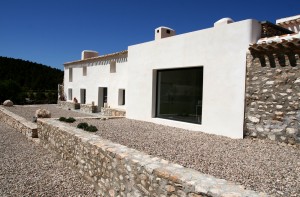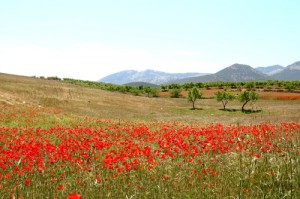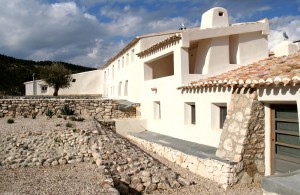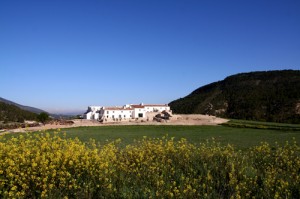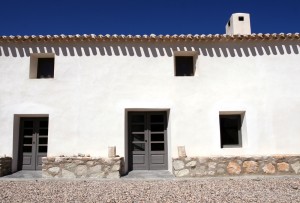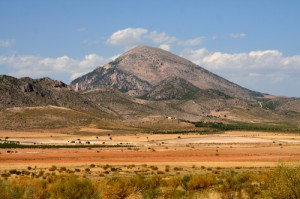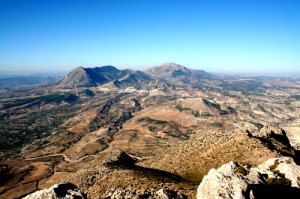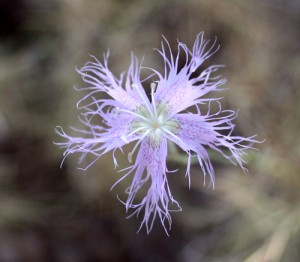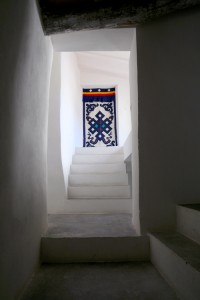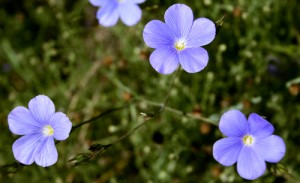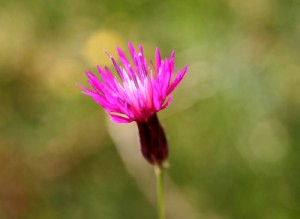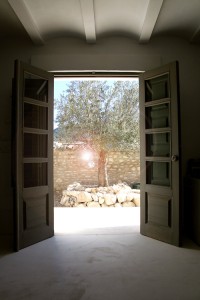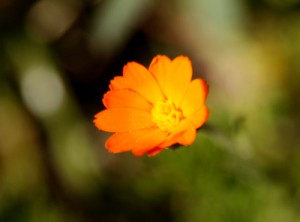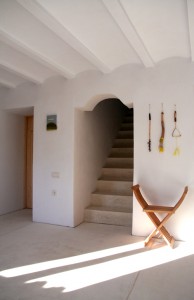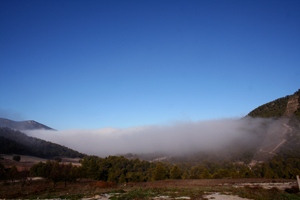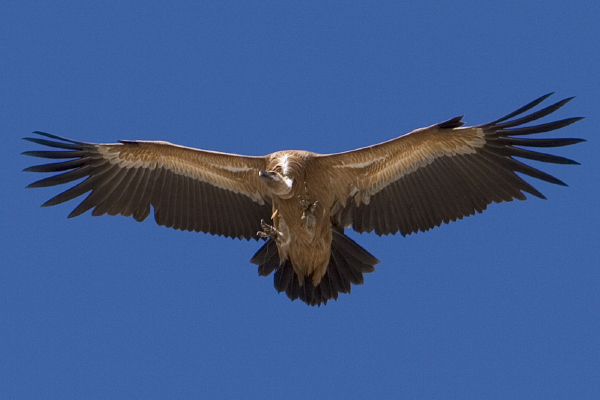
This is my friend Nick Tudors picture of a Griffon Vulture taken from La Muela. Nick runs photographic holidays www.phototrails.eu which are very successful and you can see why.
I love these creatures, every time I see one my heart lifts. They are big and last autumn we counted 43 over the house just waiting in the sky for the right thermal to take them over us to their roosts on La Muela.
However what is this…
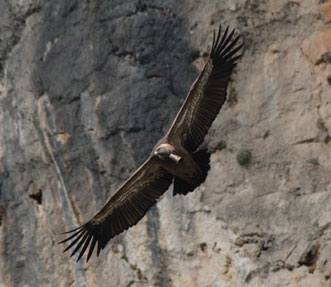
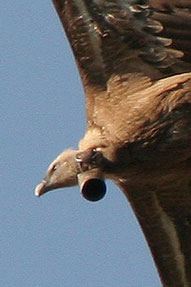
So why is a Griffon Vulture wearing a goats bell? Mysterious no? The truth is that in these parts when a goat herder finds a vulture whos crop is so full that it cannot fly away from him he finds it hilarious to attach one of his goat bells to it’s neck so if you think you hear goats in the sky look up and you will see a Griffon Vulture.
I must thank Clive Muir for allowing me to steal his pictures of vultures with bells. Clive co runs Iberian Nature and Wildside Holidays and has been very gracious about my theft. Let me thank him again.
www.wildsideholidays.com
[email protected]
Here is some information…
Size: About 15 pounds, wingspan 8 feet. Small, but bulky.
Voice: Unlike many other species of vulture, the Griffon is able to utter noises. Young make peeps and wheezes.
Diet/Feeding: One of the Old World vultures, Griffons cannot smell. They find food by soaring high, scanning the land for signs of a kill, or for stationary bodies. Often, the vultures will wait on the outskirts of a feeding frenzy, closing in once the mammalian scavengers have gone. Their weak beaks are not designed for ripping open fresh hides. They depend on predators or larger vultures to begin the work for them. Once they can access a carcass, the vultures will gorge themselves. Their crop can hold up to 13 pounds of meat!
Flight: Griffons can soar for 6 to 7 hours, or 100 miles. They often require steep cliffs or mountains to aid them in taking off. It can soar as high as 3300 meters, but has been recorded at hights of up to 9000 meters. Descending on a carcass, the bird can dive at over 100 miles per hour. They are one of the fastest species of vulture.
Range/Habitat: The largest numbers of Eurasian Griffon Vultures are found in Spain, but there are significant populations in Turkey, Gibraltar, and Bosphorus. They favor the more southern parts of their range, and can tolerate inclement weather such as rain, mist, and snow fairly well. Though they avoid wetlands and marine areas, they are very fond of fresh and running water, for bathing and drinking.
Behavior: Griffons are very social, living and nesting in colonies of 15 to 20 pairs. Sometimes more than 100 pairs compose a colony. After feeding on a carcass, Griffons often gather at a watering hole to bathe. They are dominant over most of the other vultures in their range, except the cinereous and lappet-faced vulture.
Life Cycle: Young fledge 3 to 4 months after hatching. Griffons are mature enough to breed after 7 years, and live around 40 years.
Breeding: Griffons pair for life. They build nests of grass and twigs on cliff ledges. Mating takes place on the same steep cliff faces where the birds construct their nests, and the female lays one or two eggs 2 months after mating. Both parents tend the egg. Model parents, the griffons incubate their eggs by night, and shade them by day, as the temperature rises. Incubation lasts from 48 to 52 days.
Status: Griffon vultures are quickly losing habitat as humans increase their use of mammal poisons, and expand more and more into their areas. They also suffer at the hands of misunderstanding individuals who do not know the value of these wonderful creatures. In France, their populations are declining so drastically in that conservationists are thinking of bringing in new griffons to help repopulate the area. The griffon is extinct in much of its former range.
Folklore, Misc. Information: The feather of the Eurasian Griffon Vulture, according to greek myth, could protect against snake bites, cure blindness, and relieve the pain of childbirth.
You can hear them in action here…
griffon.ra
